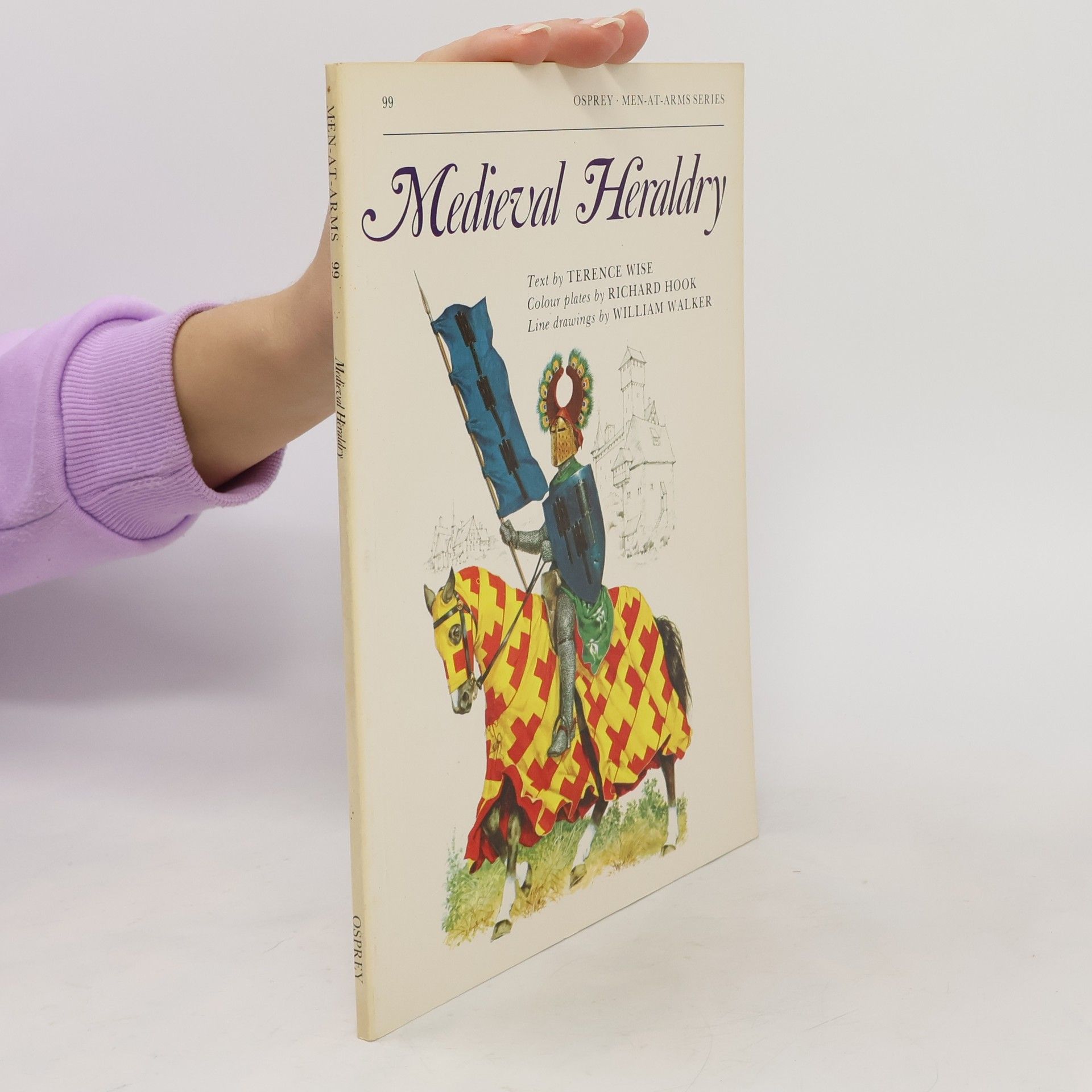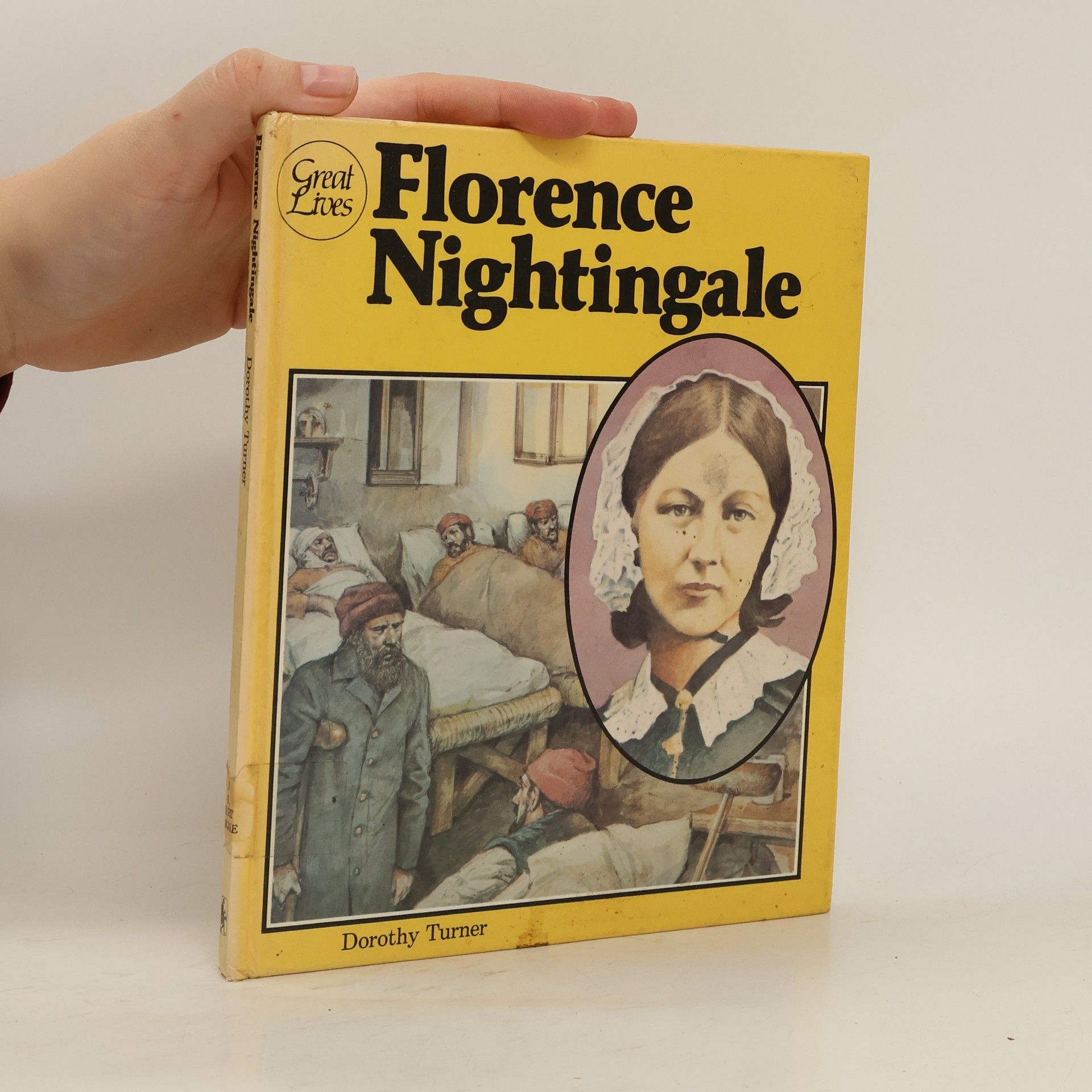Richard Hook Bücher

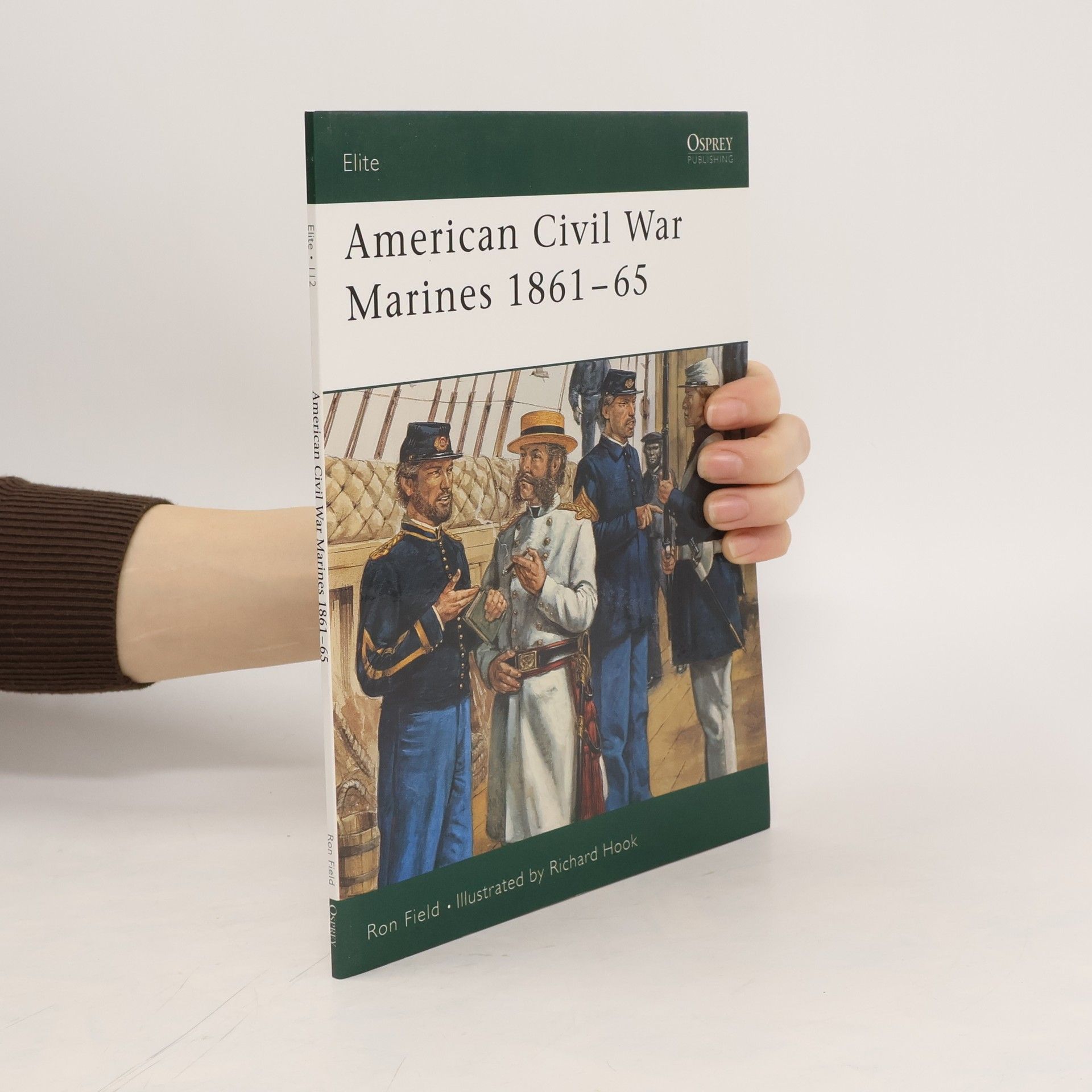
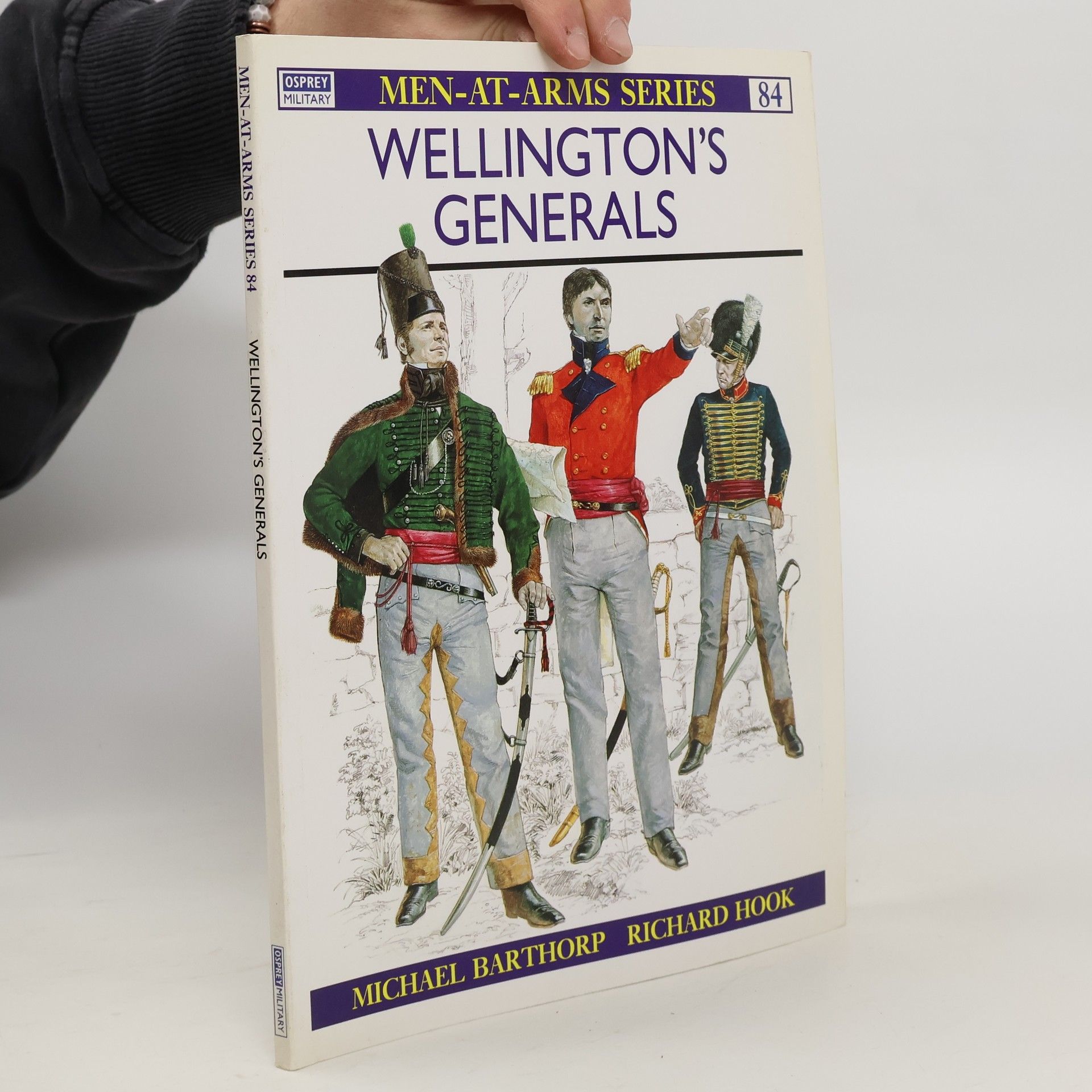
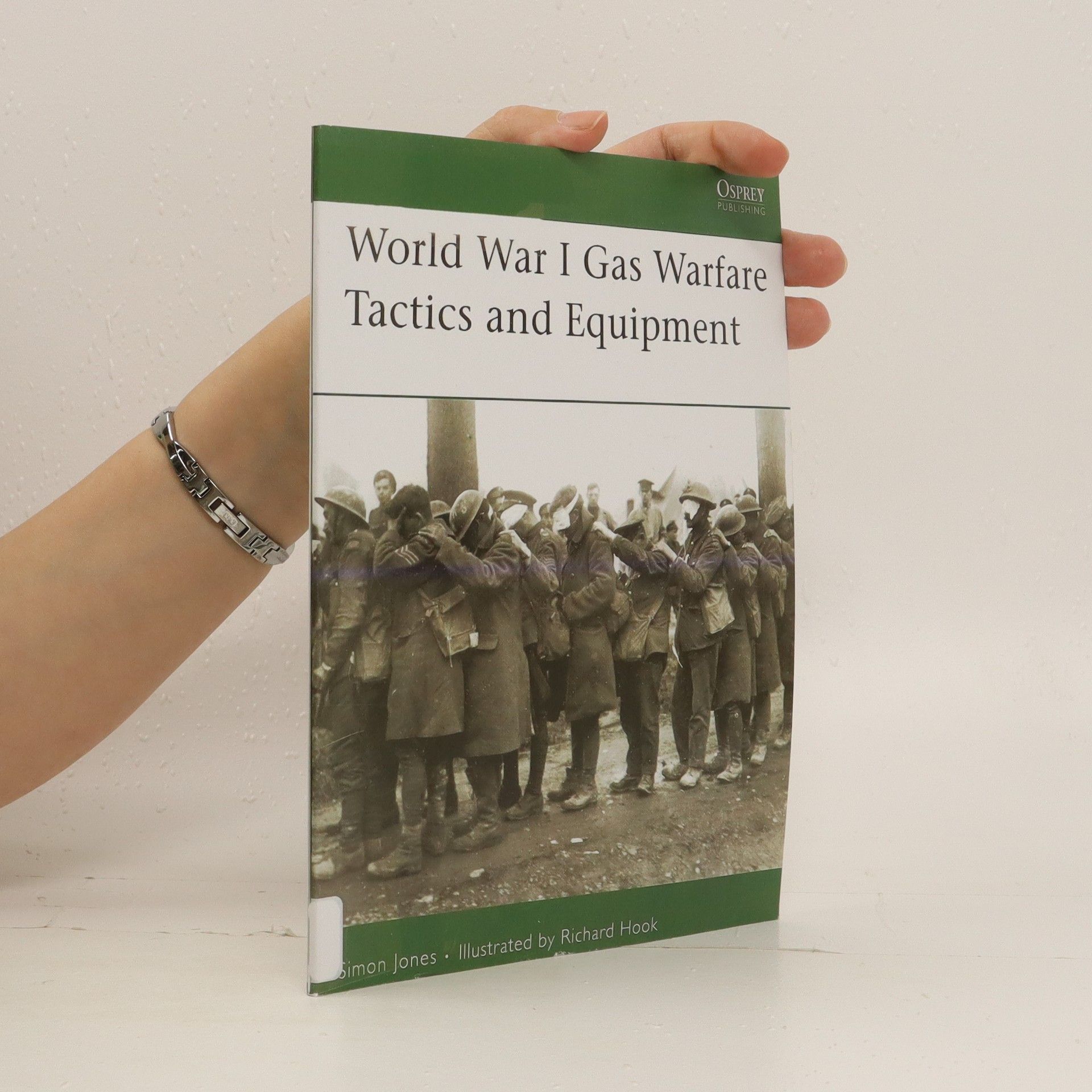
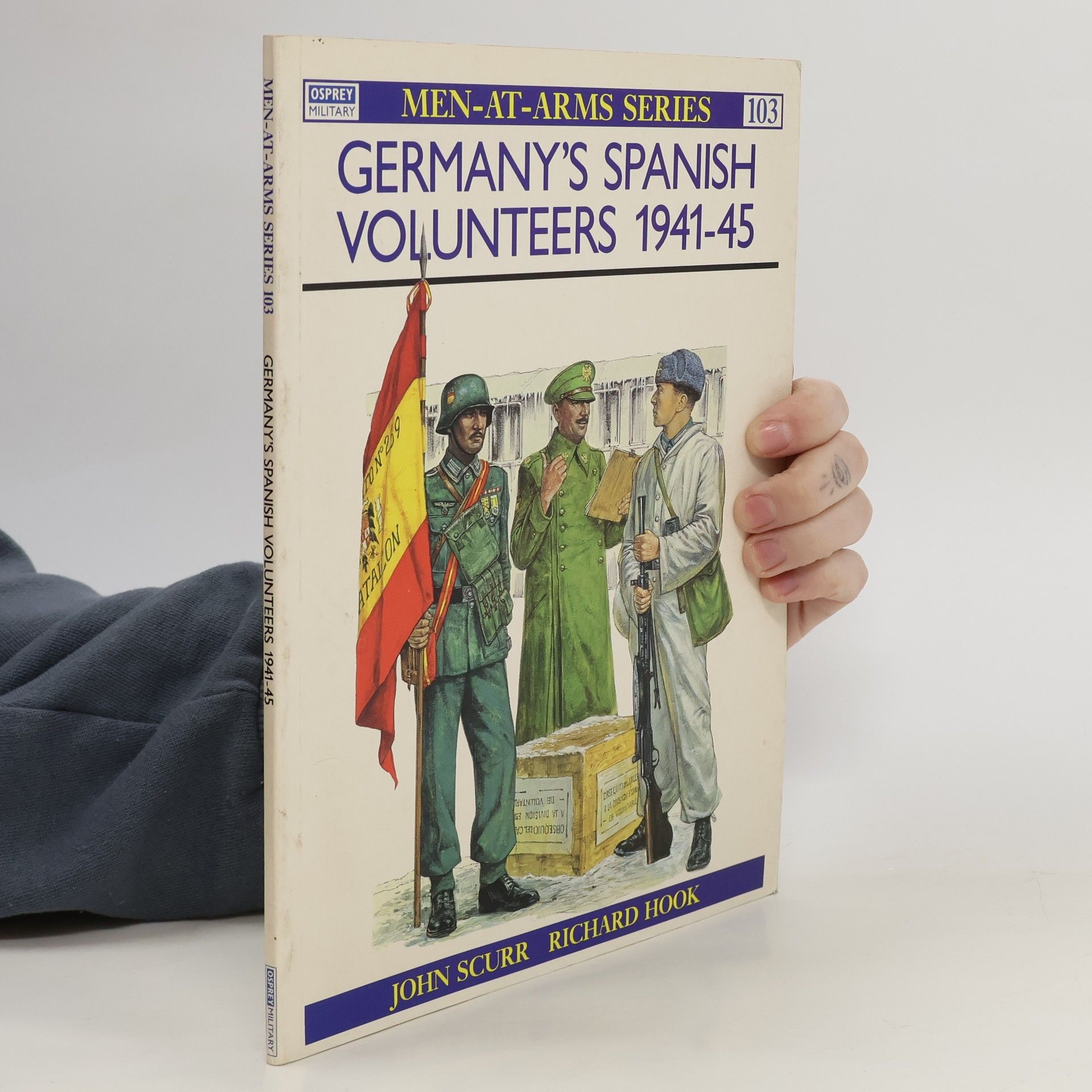


Moje první Bible v obrázcích. My First Bible in Pictures
- 256 Seiten
- 9 Lesestunden
Česko-anglické vydání, obsahuje 125 nejdůležitějších příběhu z Bible.
The Spanish Civil War had been a conflict between the nationalists and conservatives on one side, and what they saw as the opposing anarchic atheistic Marxism which was eroding the traditional Catholic values of Spain. The nationalists eventually won with the aid of Germany against the Soviet backed Marxists, and four years later, the Spaniards seized the opportunity to settle a score with those who had attempted to disintegrate their country. John Scurr's book provides an absorbing account of the organisation, campaigns and uniforms of Germany's Spanish volunteers who fought from 1941-45.
World War I Gas Warfare: Tactics and Equipment
- 64 Seiten
- 3 Lesestunden
Battlefield Gas was first employed in April 1915 at the village of Langemarck near Ypres. At 1700 hours the Germans released a five mile-wide cloud of 168 tons of chlorine gas from 520 cylinders, causing panic and death in the French and Algerian trenches. Despite initial widespread condemnation and disgust, its use rapidly spread with all the armies entering into the race to produce gases, new ways to use them, and protective measures including masks and warning systems.For the first time in detail, this book charts the development of gas as a battlefield weapon and the steps taken to counter it. Delivery methods, including the use of artillery, the consequences of changing wind direction, and infantry advancing into an area just gassed, are all covered alongside key milestones in its introduction and usage.With an abundant array of artwork and photographs illustrating the gas masks, insignia, and protective clothing of the protagonists, this book conveys the horror of the gas attack and reveals the practical challenges for soldiers struggling to cope with this new form of warfare.Conveying the reality behind the iconic Sargent painting of a column of blindfolded gas casualties, it is a fascinating survey of one of the darkest facets of 20th century warfare.
Wellington's Generals
- 48 Seiten
- 2 Lesestunden
Wellington's commanders were undoubtedly a breed apart. Among these heroes were cavalry officer Henry Paget, who kept the French horses from the heels of the retreating British infantry with a dashing charge at Benavente, and Thomas Picton, who concealed his injuries from his men while commanding to his last breath. This book examines the command and staff system of Wellington's army during the Napoleonic Wars (1799-1815), and the background, character and war records of his commanding officers. Numerous illustrations, including eight full colour plates, depict the officers' uniforms in vivid detail.
American Civil War Marines 1861-65
- 64 Seiten
- 3 Lesestunden
The part played in the Civil War (1861-1865) by the small Marine Corps of the United and Confederate States is overshadowed by the confrontations of the great armies. Nevertheless, the coastal and riverine campaigns were of real importance, given the strategic significance of the Federal blockade of southern ports, and of the struggle for the Mississippi River. Marines wearing blue and grey fought in many dramatic actions afloat and ashore – ship-to-ship engagements, cutting-out expeditions, and coastal landings. This book offers a comprehensive summary of all such battles, illustrated with rare early photographs, and meticulously researched color plates detailing the often obscure minutiae of Marine uniforms and equipment.
Coats of arms were at first used only by kings and princes, then by their great nobles, but by the mid-13th century arms were being used extensively by the lesser nobility, knights and those who later came to be styled gentlemen. In some countries the use of arms spread even to merchants, townspeople and the peasantry. From the mundane to the fantastic, from simple geometric patterns to elaborate mythological beasts, this fascinating work by Terence Wise explores the origins and appearance of medieval heraldic devices in an engagingly readable style accompanied by numerous illustrations including eight full page colour plates by Richard Hook.
Florence Nightingale
- 32 Seiten
- 2 Lesestunden
Book by Turner, Dorothy
Osudná porážka Řádu německých rytířů. Kniha velice živě a plasticky popisuje události, jež vedly k jednomu z největších válečných střetnutí ve středověké Evropě, k bitvě mezi vesnicemi Grunwald a Tannenberg, kterou zde svedla vojska Řádu německých rytířů a polsko-litevského soustátí, v jehož řadách bojoval i mladý Jan Žižka. Podrobně líčí průběh bitvy a charakterizuje její účastníky, na četných mapách ukazuje postup armád, vřavu nelítostných soubojů ilustrují celostránkové barevné ilustrace. Pomocí dobových pramenů podává svědectví o složitých diplomatických jednáních, která se vedla v zákulisí a která ani přes veškerou snahu nedokázala po drtivé porážce Řádu zabránit jeho úpadku.
